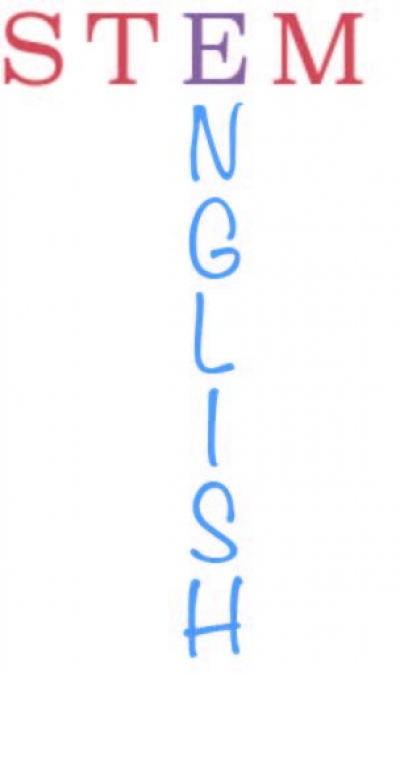
Combining STEM and English

As a biology and English double major, I’ve found the intersection between STEM and English interesting but lonely. The increasing push for interdisciplinarity in academia has helped shrink the chasm that divides humanities and STEM; however, the chasm remains. I’ve joked with friends that if I had two personas, one for my biology classmates and one for my English classmates, there wouldn’t be any complications. However, as rare as the combination can appear at first glance, this combination exists all across Duke’s campus: English and computer science majors who are interested in video game writing, English and chemistry majors who are also pre-med, and English and biology majors who are interested in science writing.
Many courses offered at Duke reflect the growing academic interest in interdisciplinarity. Classes such as Miranda Welsh’s Writing 101: Communicating Science and Phillip Stillman’s English course, Biology and British Fiction in the Nineteenth Century, explore how English and science together can explore distinct nuclei.
One of these professors, Phillip Stillman, is a PhD candidate in English who received his undergraduate degree in biology. While studying biology, Stillman became interested in how science informs politics, specifically topics such as gender normativity. He explains, “You have this science, specifically biology, which has been so destructive to cultural norms. The very idea even of species falls apart when you get Darwin, so there is no universal, transcendent, taxological logic in biology. So why has it been used in psychiatry and in medicine and in evolutionary psychology to talk about things like gender essentialism?” Professor Stillman finds the cherry-picking of scientific experiments in politics and society reflective of culture.
Stillman’s interest reflects how interdisciplinarity can allow students to focus on specific questions that consider multiple areas. I chose English as a major because I want to explore writing and communication. My friend who is a double-major in English and computer science decided on English because she enjoys creative writing. Professor Stillman took yet a different route to examine the nineteenth century novel to access culture during that period. He believes that “we cannot understand either culture or science without understanding both.” English provides many ways to combine STEM with communications, writing, literature, cultural studies, or language accessibility.
Duke offers multiple options for combining STEM and English interests if one has decided that their specific curiosity would benefit from both fields. You can double-major. Admittedly, balancing two majors that have no overlapping coursework takes more than a little planning. However, double-majoring provides a deep understanding of both disciplines. Other combinations include a major and a minor or two minors. Certificate programs like the Science and Society certificate offer alternative ways to explore multiple areas. On top of all of these options, Duke also offers a Program II major where you can combine classes across several fields to address a specific research question. For example, you could create a Program II with biology, global health, Spanish, and English to examine narratives of disease in South America. Duke also has multiple working groups, research projects, and summer programs that offer opportunities to combine interests across disciplines.
But what about after Duke? Professor Stillman says, “My work is inescapably interdisciplinary. I think I make my greatest contribution as a teacher.” Teaching offers an opportunity to further interdisciplinary interests in younger generations by showing them the feasibility of crossing fields. Options that I’ve come across for a biology and English double-major include science writing for journals such as Life and Nature, communications for a healthcare NGO, teaching science or writing (or a combination), using writing as a therapy tool alongside medical care, and translating medical diagnoses into accessible language. STEM can provide you with an extensive base of knowledge while English can develop a versatile skillset. The combination of the two creates many options for future careers.
Studying both STEM and English can require planning and persistence. However, for those who enjoy both fields or who want to work with both, the combination proves worth the effort. If you want to enhance your writing skills, examine literature of the past or present, or increase your critical analysis and communication abilities, English could be a great way to expand your interests beyond STEM.




